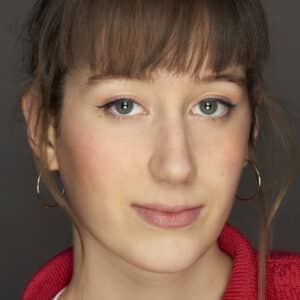Twenty-four exhibition venues, 105 artists, 40 curators during a three-month-long festival: this is the biggest event in the photography sector. From July 3 to September 24, Arles becomes the international capital of photography. Among the 44 exhibit...



